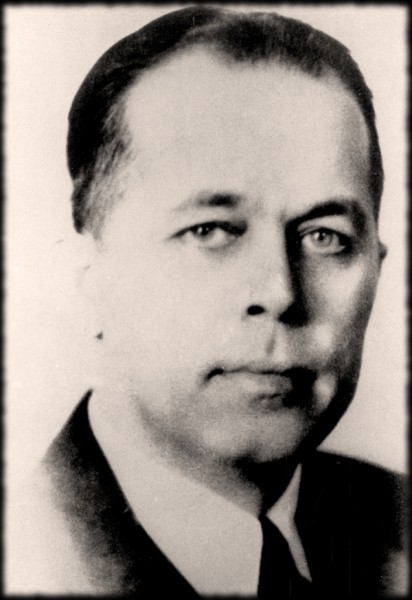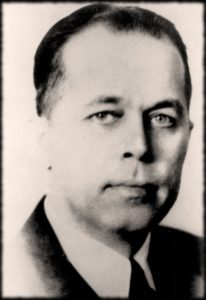Sam Houston Jones
Louisiana Governor Sam Jones promised an honest government following the corruption scandals surrounding the Long administrations.

Courtesy of State Library of Louisiana
Sam Houston Jones. Unidentified
Elected governor of Louisiana in 1940, Sam Jones broke the Long faction’s twelve-year hold on the office. Campaigning as reform candidate in the aftermath of the Scandals of 1939, a series of corruption investigations in the state, Jones promised—and seemingly delivered—an honest administration. Though Jones only served one term, from 1940 to 1944, he helped bring about much-needed reforms and oversaw a period of increased growth and revenue brought on by World War II (1939-1945).
Born in Merryville in Beauregard Parish on July 15, 1897, Sam Houston Jones was the son of Robert D. Jones and Susan Frazar Jones. He attended public schools in DeRidder and then the Louisiana State University school of law. After entering the U.S. Army in 1917, he was discharged as a second lieutenant 1919. He went on to become the deputy clerk of court in Beauregard Parish from 1919 to 1921 and served as a delegate to the Louisiana Constitutional Convention of 1921. Admitted to the Louisiana bar in 1922, Jones served as assistant district attorney in the Fourteenth Judicial District from 1925 until 1934. During that period he married Louise Gambrell Boyer, with whom he had four children.
In 1940 Jones defeated Earl Long to win the governor’s office, after campaigning on the promise of eliminating corruption. World War II contributed to industrial growth and increased revenues during his term. Though the state legislature’s decision to reduce the powers of the executive branch hindered his efforts, Jones did achieve important reforms and reduced the overall size of Louisiana’s government. He supported the revision of election laws to reduce voter fraud and a constitutional amendment to eliminate the poll tax. His administration also worked to establish civil service for state employees and eliminate automatic deductions from their paychecks. Perhaps most importantly, Jones helped rebuild the state’s reputation after years of negative publicity.
Legally prohibited from seeking a second term, Jones returned to his law practice in Lake Charles in 1944. In 1948 he ran for governor against Earl Long (also his opponent in 1940) again, but this time his efforts proved unsuccessful. In 1953 President Dwight D. Eisenhower appointed him to the Commission on Intergovernmental Regulations and, in 1958, Governor Earl Long appointed him to a committee to investigate problems in the state prison at Angola. He also helped found the Public Affairs Research Council of Louisiana, a nonprofit, nonpartisan research group. He died on February 7, 1978 in Lake Charles.
Sources: Roland Cocreham, Sam Houston Jones, Governor, State of Louisiana, 1940-1944: A Brief Biographical Sketch (1971); “Sam Houston Jones, Reform Governor—Louisiana Statesman,” Acadiana Profile, II, No. 5 (1971); Sam Houston Jones papers, Manuscripts Collection 409, Louisiana Research Collection, Tulane University; New Orleans Times-Picayune, February 8, 1978.
Adapted from Arthur W. Bergeron’s entry for the Dictionary of Louisiana Biography, a publication of the Louisiana Historical Association in cooperation with the Center for Louisiana Studies at the University of Louisiana, Lafayette. http://www.lahistory.org
